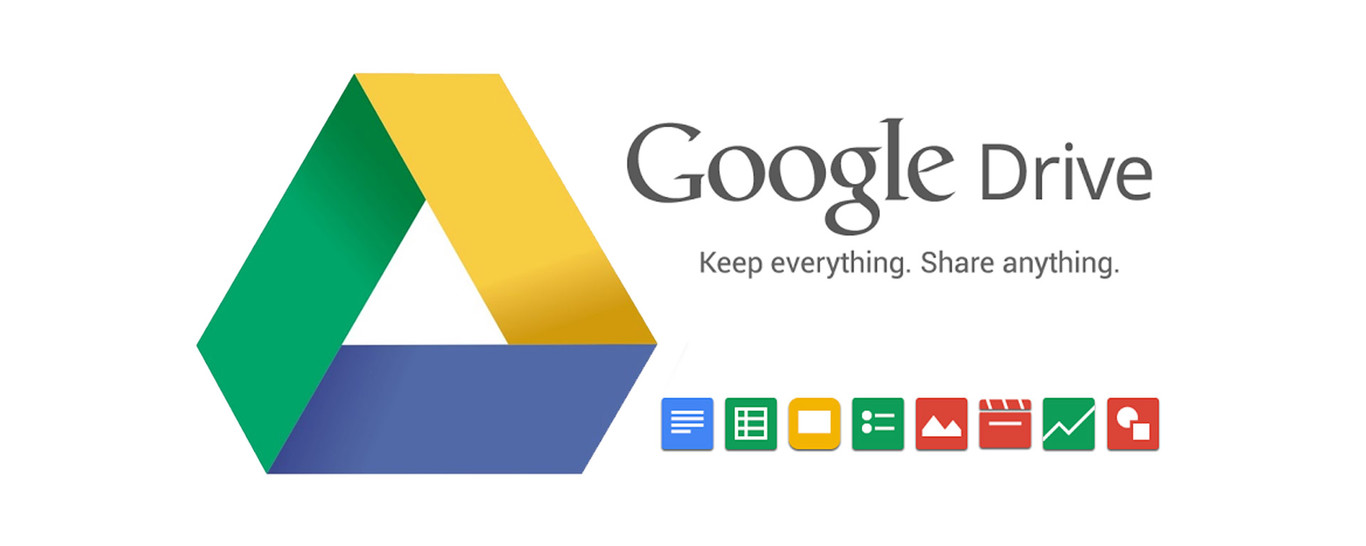
By signing in to an existing account all the “stuff” from your existing Google services will move over. If you don’t have one, you can sign up from the launch screen on your new device. If you don't have one already, you'll need a Google account in order to sync your device with Google and buy apps from the Play Store. If these are the type of criticisms you have of iOS then it’s time to move over. Chrome on iOS can’t have its own engine, so it’s essentially another version of Safari with Chrome branding and features.

And with Android you get the full version of Chrome - not one held back by Apple's limitations.

It makes Android ideal for productivity as Google’s core apps like Gmail, Drive, Chrome, and others can interconnect in deeper ways than they’re allowed to on iOS. And never think about iTunes again.Īnother major incentive is the deep integration with Google services. Android is for those who want to bend their device to their will. And if you look around on any street corner you’re going to see a lot of iPhones.īut as someone who switched a couple of years ago I can assure you that it’s a liberating move. The iPhone is an incredible cash cow for Apple. It may seem like you’re swimming against the crowd by ditching iOS. So if you want to move to Android with the least pain possible, here’s what you need to do. While Google has a pretty good guide, experience has shown there are some nuances to making the switch. The grass is certainly greener (so is the robot), though changing platforms is always a pain.

With a ton of new phones and a fresh version of Android coming this fall, it’s a great time to make the leap to Android.


 0 kommentar(er)
0 kommentar(er)
